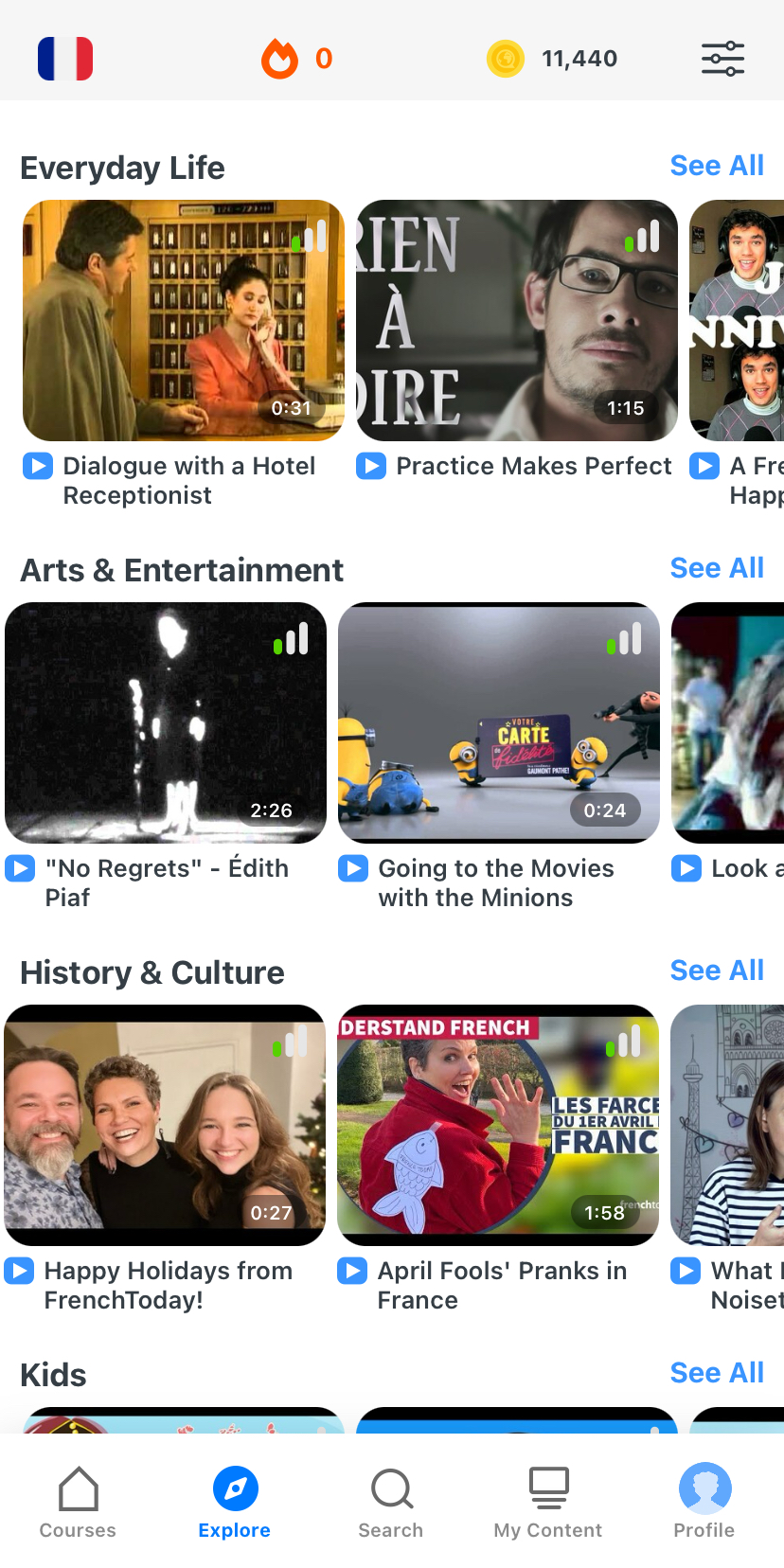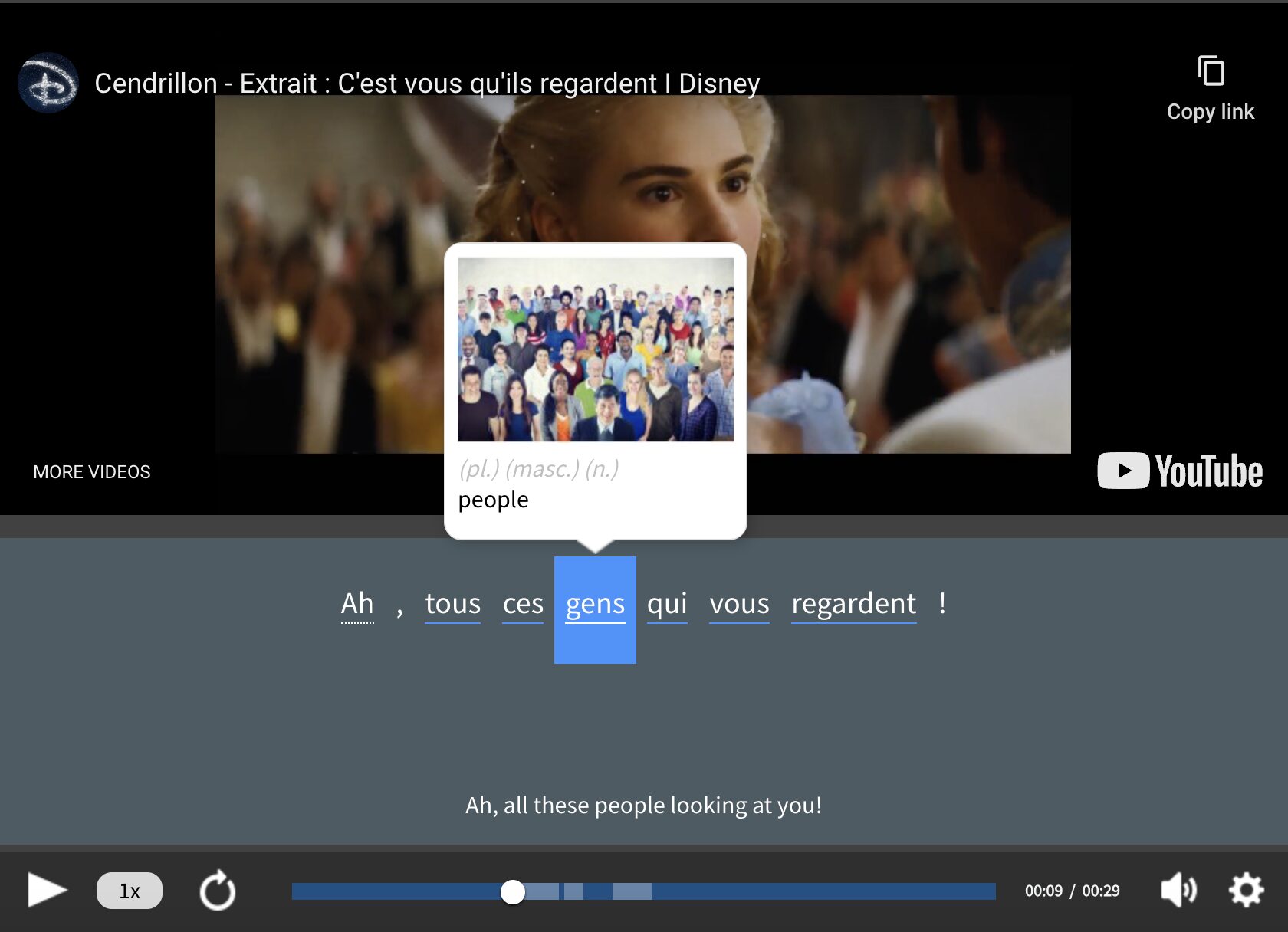A Beginner’s Guide to Telling Time in French

Telling time in French is an essential skill for anyone traveling to France or simply learning the language. French uses both the 12-hour and 24-hour clocks, and while the basics are straightforward, there are a few unique details to learn.
Let me break down the vocabulary, phrases and formats you need to confidently tell time in French.
Contents
Download: This blog post is available as a convenient and portable PDF that you can take anywhere. Click here to get a copy. (Download)
Words for Telling Time in French
There’s a very simple formula for telling time in French:
Il est ___ heure(s)___.
You plug in the hour before heure(s) and the minutes after.
For example:
Il est trois heures vingt. (It’s 3:20 in the morning.)
In English, we sometimes leave out “o’clock,” and say things like “It’s ten.” In French, you can’t leave out the heures.
If you want to say one o’clock since there’s only “one” hour, you use the singular heure instead of heures, e.g.:
Il est une heure. (It’s one o’clock)
This is the only time of day you do this with, and if it’s one in the afternoon, remember that you can use the 24-hour clock and say:
Il est treize heures. (It’s one o’clock.)
When telling time in French you can use both the 12-hour clock and the 24-hour clock.
If you choose the 24-hour clock then you simply say:
Il est quatorze heures. (It is two in the afternoon.)
But if you’re using the 12-hour clock, there are some instances where you’ll want to make it clear whether you’re talking about morning or night.
Telling Time in French for Morning and Night
In English, we have our nifty little tags “a.m.” and “p.m.” In French, we use one of the following:
du matin (in the morning)
de l’après-midi (in the afternoon)
du soir (at night)
This leaves us with 2:00 p.m. translating to either:
Il est quatorze heures. (It is two in the afternoon.)
or
Il est deux heures de l’après-midi. (It is two in the afternoon.)
Time for Noon and Midnight
French vocabulary for moon and midnight:
Midi is for noon, and minuit is for midnight.
You can use them without tagging heures, like so:
Il est minuit. (It’s midnight)
Il est midi. (It’s noon.)
How to Ask for the Time in French
The main phrase you need to know is:
Quelle heure est-il ? (What time is it?)
If you need to ask when a specific event is happening, like a movie or a meeting with friends, you can ask:
C’est à quelle heure ? (What time is it at?)
You can also sub “C’est” for the event you’re asking about, such as a movie in the following example:
Le film est à quelle heure ? (What time is the movie?)
Fancy Add-ons
I can’t let you go away without showing you the bells and whistles, or should I say hands and cogs?
Anyway, here’s a short list of some fancy add-ons to sprinkle into your time-telling vocabulary when appropriate.
vers (around)
Vers deux heures. (Around two o’clock.)
pile ! (on the dot!)
Il est seize heures, pile ! (It’s 4:00 p.m. on the dot!)
If you want to be very general when telling the time, you can always use:
Il est tôt. (It’s early.)
Il est tard. (It’s late.)
Examples of Time in French
We’ve already briefly gone over how to include the minutes when telling time.
The two main things we talked about were numbers one through sixty and that the minutes go after the word heure(s). But you know how we sometimes say things like “a quarter till” or “half past ten”? Well, French has that too.
Let’s translate a few times as examples:
1oh45 — Il est onze heures moins le quart.
A little subtraction is involved here, nothing you can’t handle I’m sure. Just remember that moins means minus, and that quart is a quarter (equivalent to fifteen minutes).
11h15 — Il est onze heures et quart.
Simply add a quarter to the end, and you’re in business!
You can apply the same concept if you want to say something along the lines of “ten till nine” or “five till seven.” Just plug in dix or cinq after moins, like this:
Il est cinq heures moins dix. (It is 4:50).
Indicating that it’s “half-past” is more cut and dry. All you add after heures is “et demie.”
So if it’s 9:30, you could say,
“Il est neuf heures trente,” or “Il est neuf heures et demie.”
The Golden Rule
With all these options, there comes one simple rule:
If you are using the 24-hour clock, and it’s after noon, you shouldn’t use phrases like moins le quart , et demie or et quart .
These are fine for the 12-hour clock, but they aren’t commonly used with the 24-hour clock.
Instead, just say the actual number of minutes after you’ve said the hour (i.e. :15 — quinze , :30 — trente , :45 — quarante-cinq , etc.)
Fun fact: So you know how we call it a minute hand and an hour hand? In French, apparently the hands of a clock are needles, or aiguilles . For the minute hand, it’s la grande aiguille . The hour hand is la petite aiguille .
French Numbers
I hate to break it to you, but you can’t tell time without knowing your numbers. The good news is that for our purposes, we won’t go past fifty-nine.
Thus, you avoid some of the trickier numbers to remember (at least for now!).
Let’s count on, shall we?
1. un
2. deux
3. trois
4. quatre
5. cinq
6. six
7. sept
8. huit
9. neuf
10. dix
11. onze
12. douze
13. treize
14. quatorze
15. quinze
16. seize
17. dix-sept
18. dix-huit
19. dix-neuf
20. vingt
After vingt, you simply add the second digit to vingt.
There’s one notable exception of twenty-one, which is vingt et un .
You’ll end up with vingt-deux , vingt-trois , etc.
The same method works for thirty, forty and fifty.
Just don’t forget that it’s trente et un , and not trente-un .
The former just rolls off the tongue better, keeping up French’s reputation for being a beautiful and flowing language.
30. trente
40. quarante
50. cinquante
Et voilà, you can now count to fifty-nine, and at the very least, yell the numbers you see on the clock.
To get your pronunciation on lock, check out this video and practice along!
The 24 Hour Clock in France
If you travel to France, the biggest issue you’ll have is getting into the mindset of the 24-hour clock.
You may know it as military time, but over there, it’s just time. While the French do use the 12-hour clock, you’ll see the 24-hour clock used on digital clocks in France (as well as in the rest of Europe). The 24-hour clock and the 12-hour clock are used interchangeably.
I know that you’re groaning over there, but it’s not all that bad. It just takes a little getting used to. It’s easy to change most cell phones and computer clocks to 24 hours (with the added benefit that your phone’s alarm clock will never again accidentally be set to p.m. instead of a.m.) After a few weeks of looking at the 24-hour clock on your phone and converting it to a time you understand, it’ll become second nature.
To convert, just subtract 12 starting at one o’clock p.m. So if it’s 21:52 on your phone, then do some quick math (21 – 12) to get 9. Thus, 9:52 p.m. I promise it’s not that bad.
In fact, here’s a slick shortcut to make the transition even easier: When your hour is in the teens, all you really need to do is subtract two from the ones digit (i.e. 13h00 = 3 – 2 = 1, one o’clock; 19h00 = 9 – 2 = 7, seven o’clock; etc.).
Practicing Your French Time-telling Skills
Here are a few tips to get you started on talking about time.
- Writing it as the French do. The French aren’t as fond of the colon (no, not that colon!) as we are. When writing the time in French, you substitute your colon with an “h.”
So instead of 3:45, it’s 3h45. And instead of 16:50, it’s 16h50.
- Resources to practice telling time in French.
The main thing to take away is that telling time in French is a vital skill to have on your mastery list. So if you’re still feeling a little shaky on the material, here are a few quizzes to get you in sync!
Thanks for taking the time to—well, learn the time. If you master it as a beginner, then you won’t have to worry about a wrinkle in your time-telling as an intermediate learner. So set your clocks to 24-hours and carry on!
Download: This blog post is available as a convenient and portable PDF that you can take anywhere. Click here to get a copy. (Download)
And One More Thing...
If you like learning French at your own pace and from the comfort of your device, I have to tell you about FluentU.
FluentU makes it easier (and way more fun) to learn French by making real content like movies and series accessible to learners. You can check out FluentU's curated video library, or bring our learning tools directly to Netflix or YouTube with the FluentU Chrome extension.
One of the features I find most helpful is the interactive captions—you can tap on any word to see its meaning, an image, pronunciation, and other examples from different contexts. It’s a great way to pick up French vocab without having to pause and look things up separately.
FluentU also helps reinforce what you’ve learned with personalized quizzes. You can swipe through extra examples and complete engaging exercises that adapt to your progress. You'll get extra practice with the words you find more challenging and even be reminded you when it’s time to review!
You can use FluentU on your computer, tablet, or phone with our app for Apple or Android devices. Click here to take advantage of our current sale! (Expires at the end of this month.)










